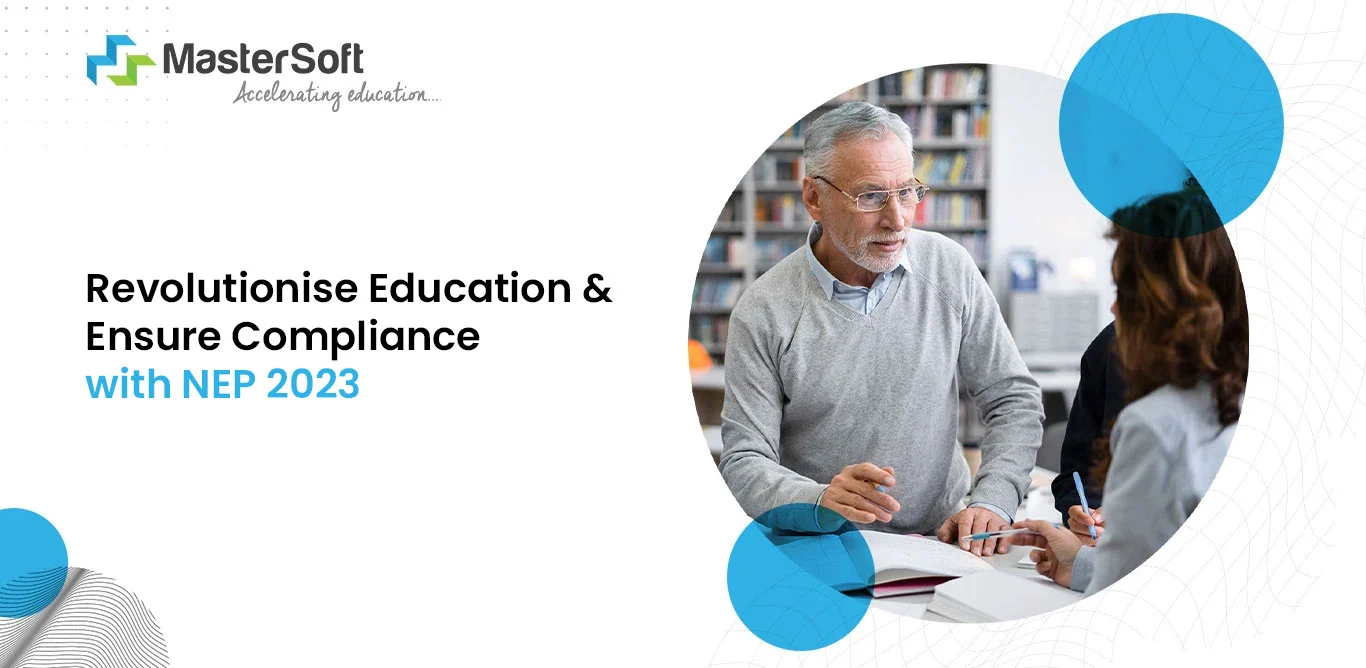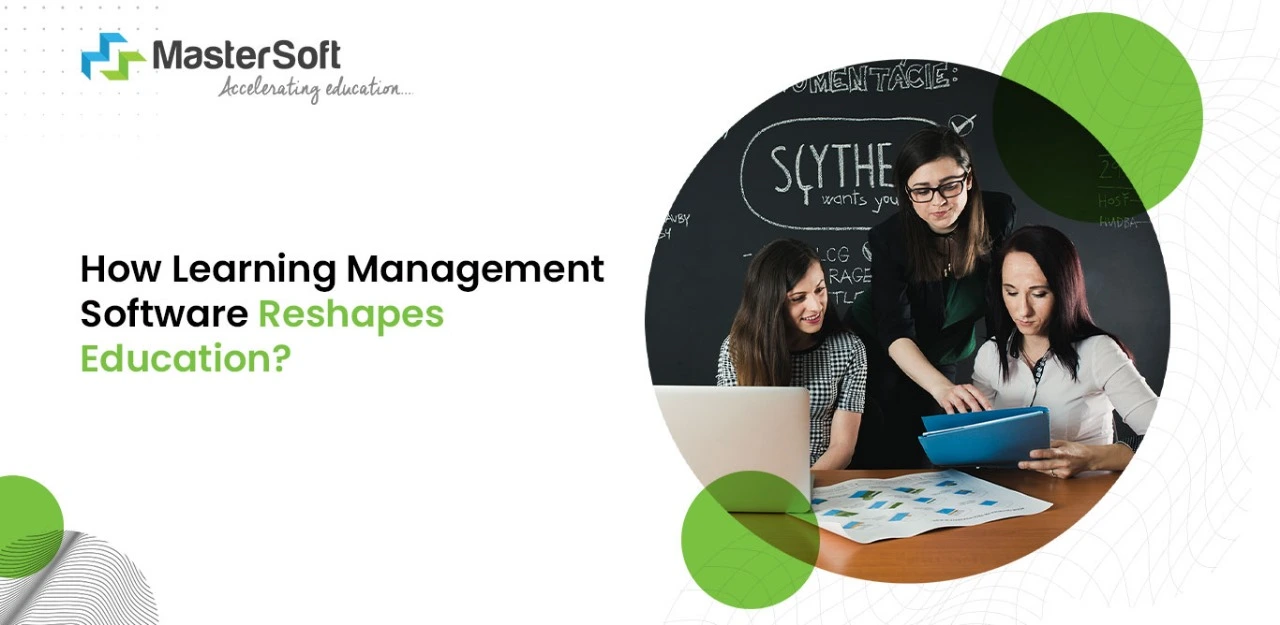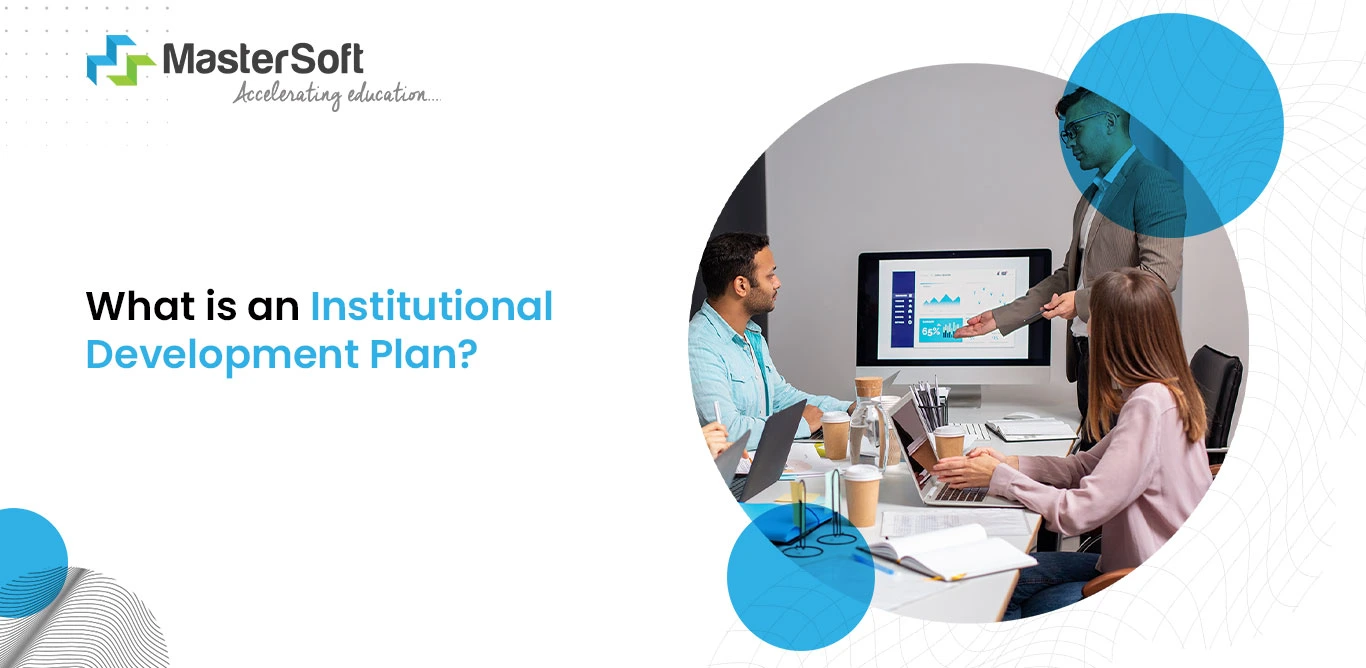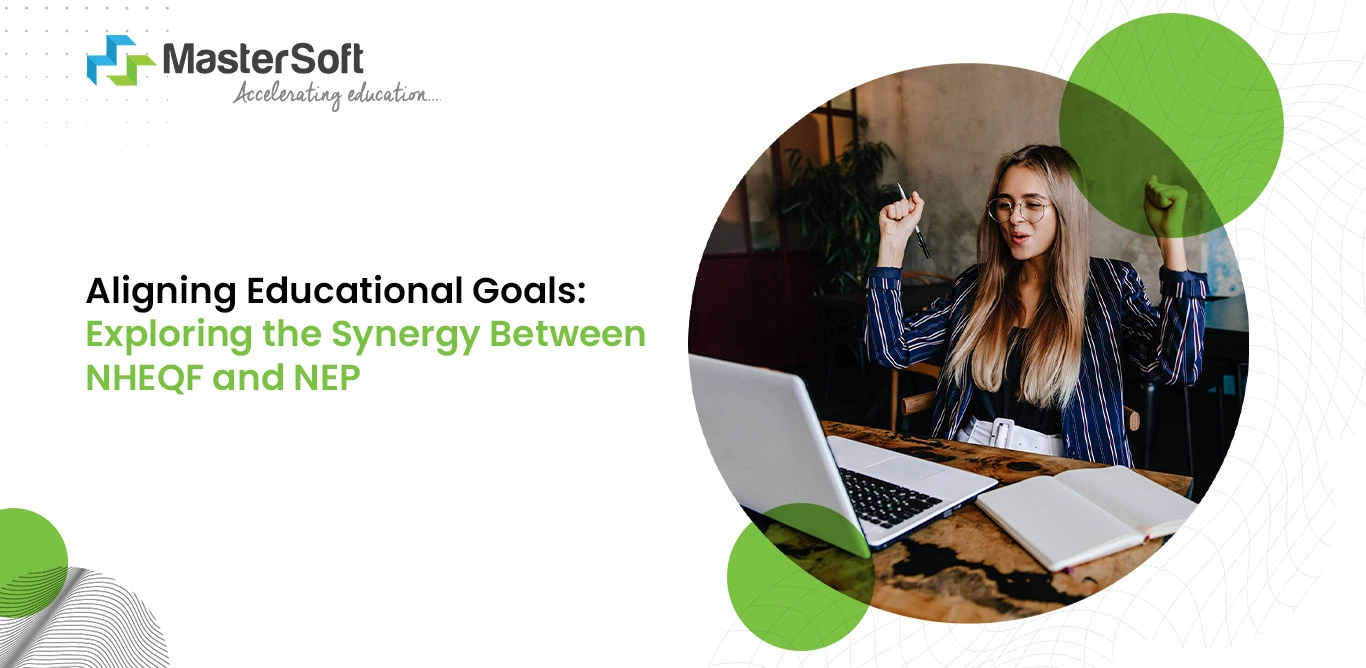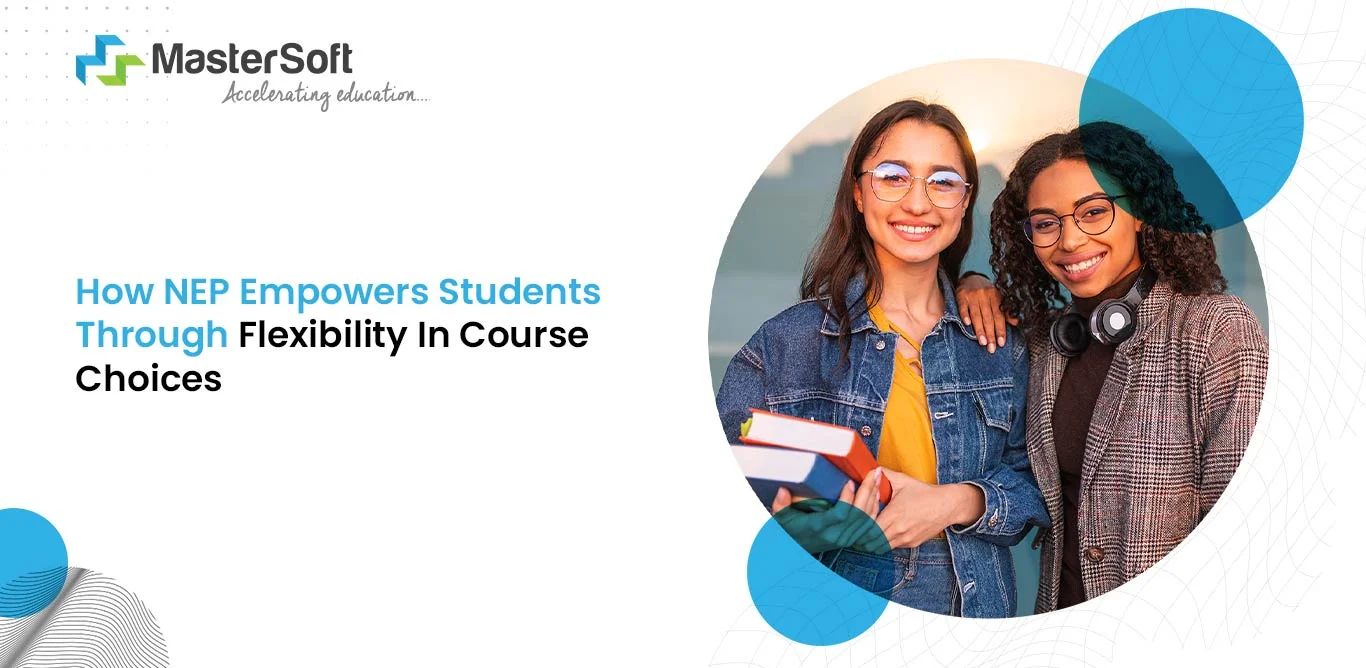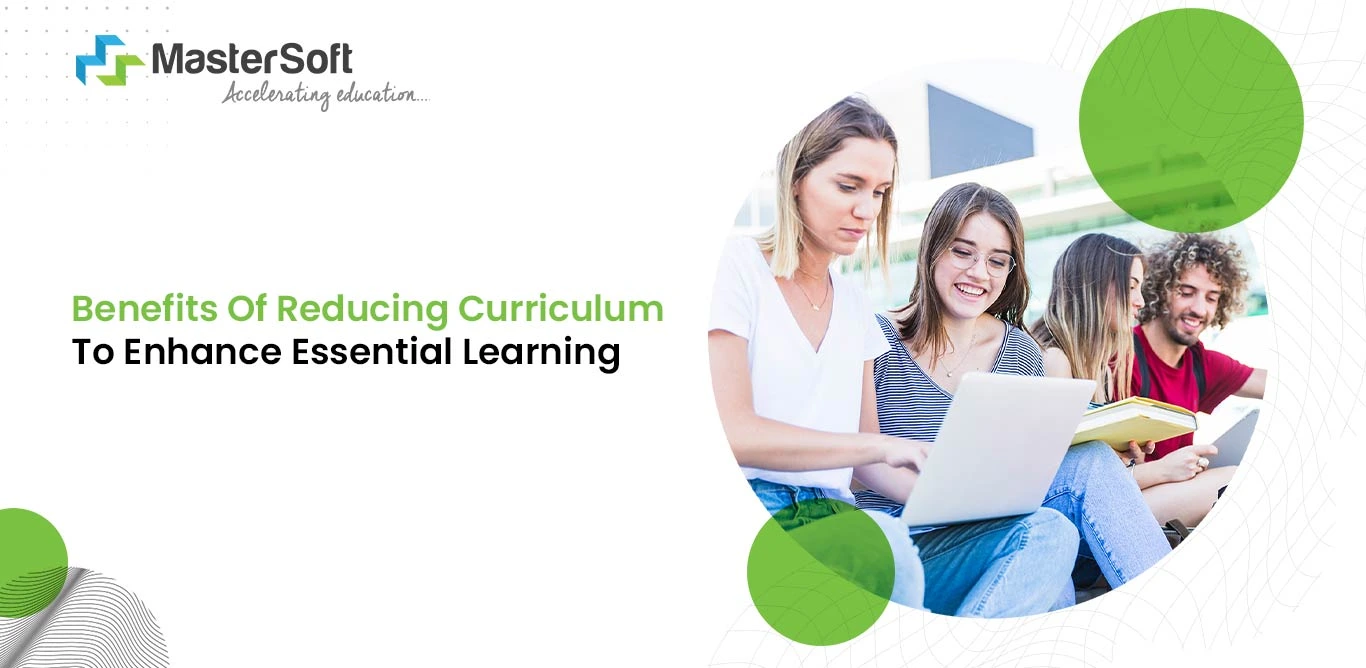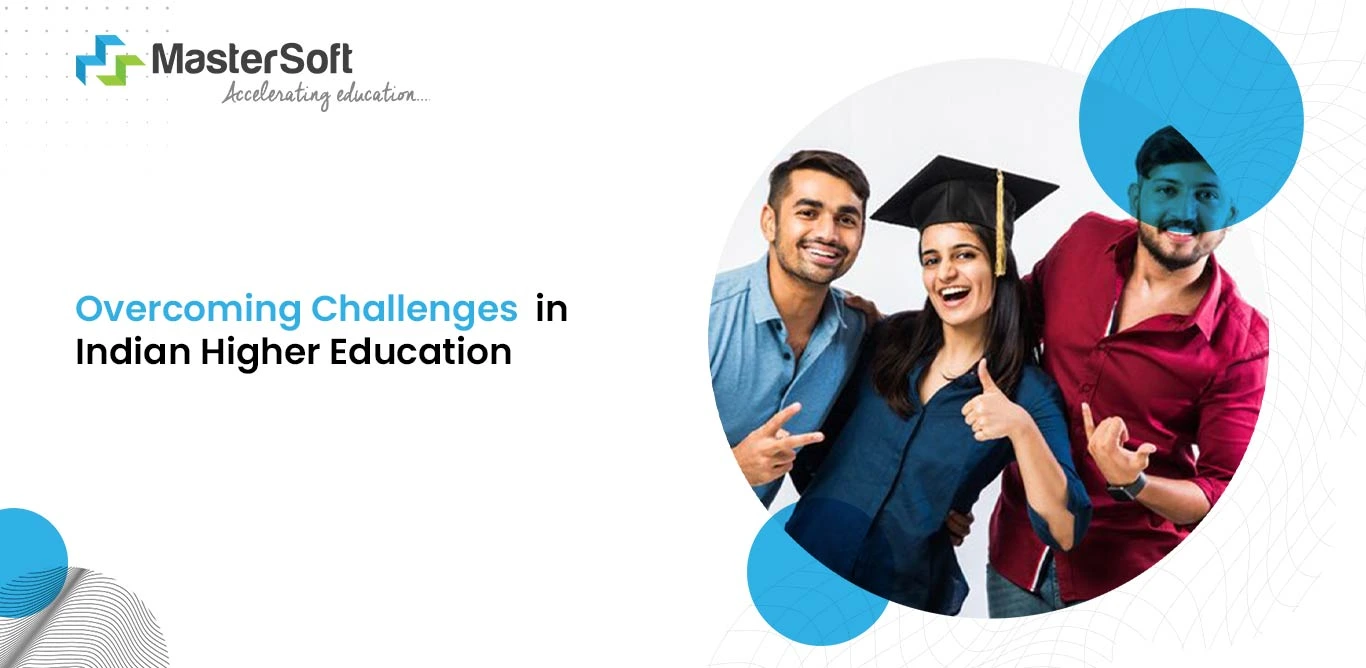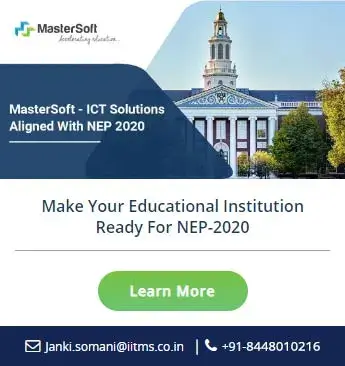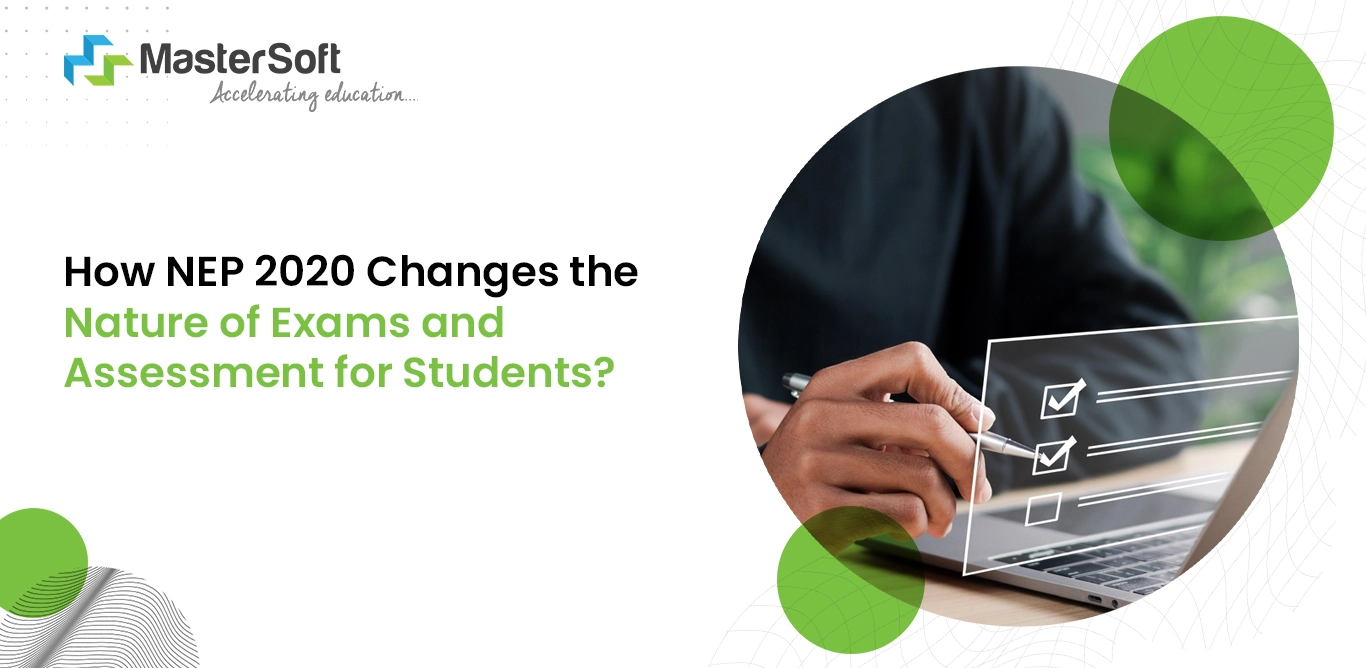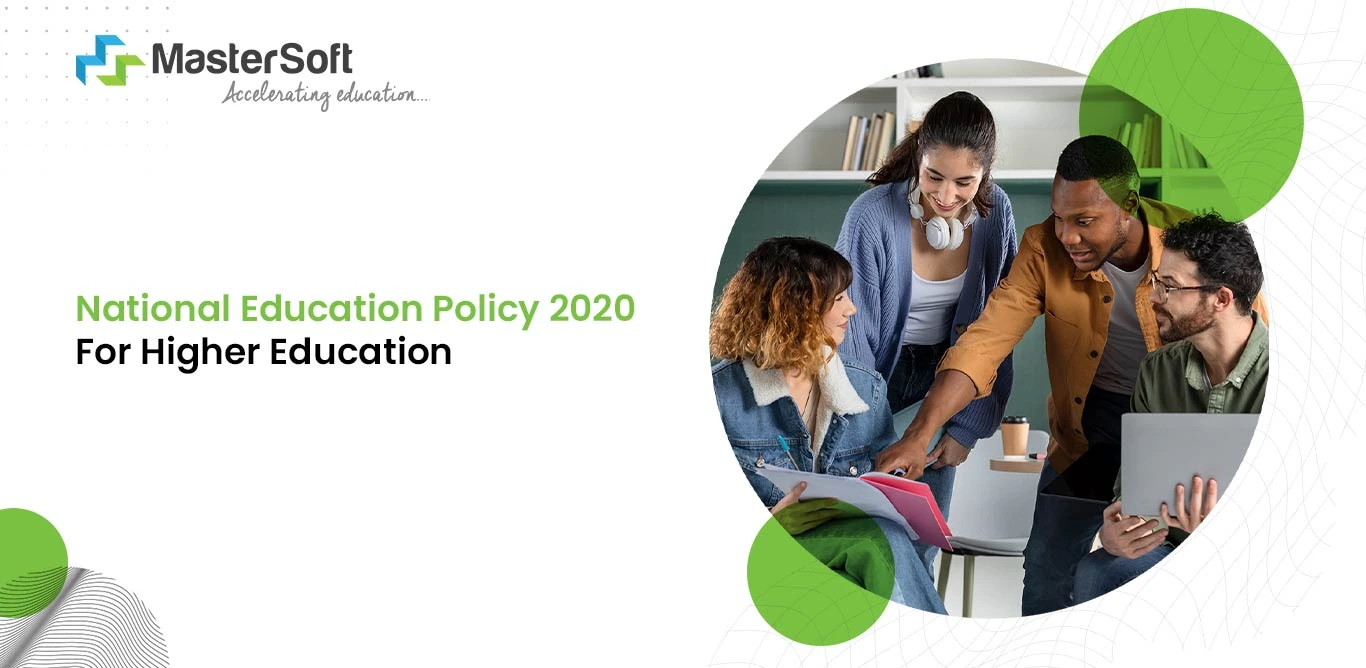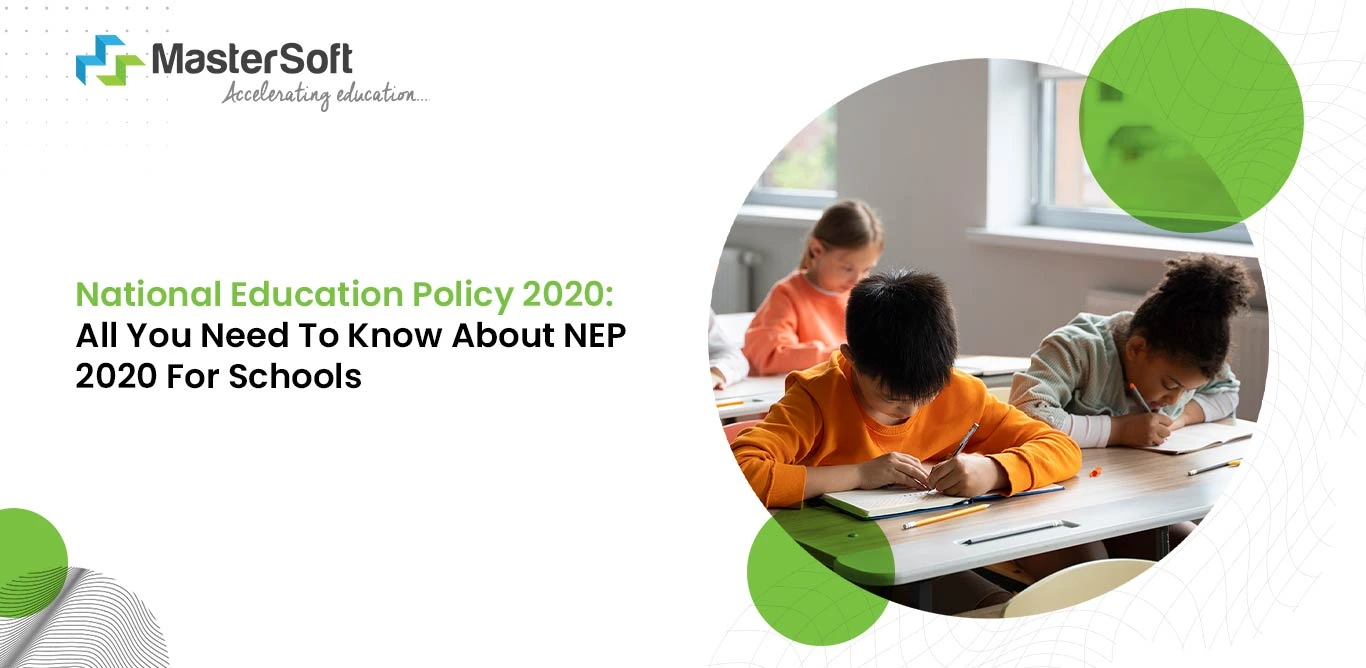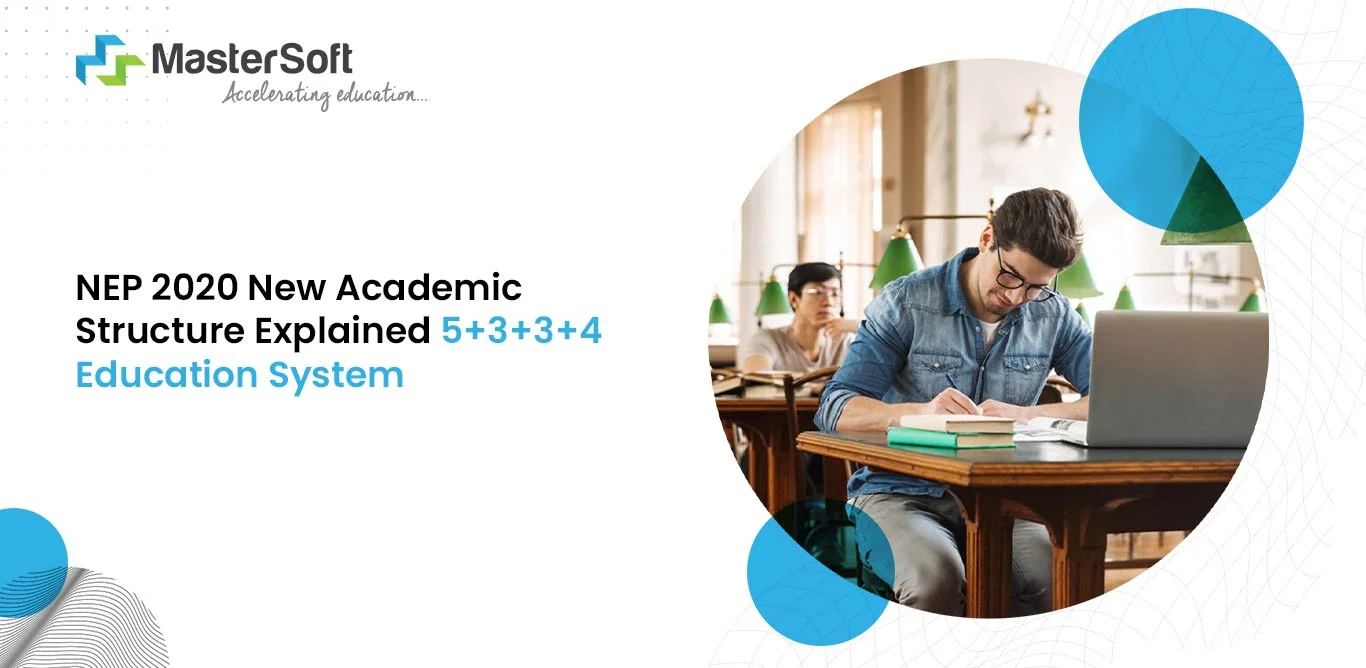15, Jan 2024
Outdated, monotonous, and passive are the perfect words that can best describe the long-followed educational system. Therefore, the new educational policy 2020 is a significant initiative to introduce crucial changes to the academic structure and processes.
The policy identifies the current issues and challenges and assesses the futuristic requirements with the aspirational goals of 21st-century education. Therefore, it recommends various strategies that will help facilitate multidisciplinary education and high-quality education.
But how does the policy revolutionise the educational system, and how can institutions ensure NEP compliance? Let us find out:
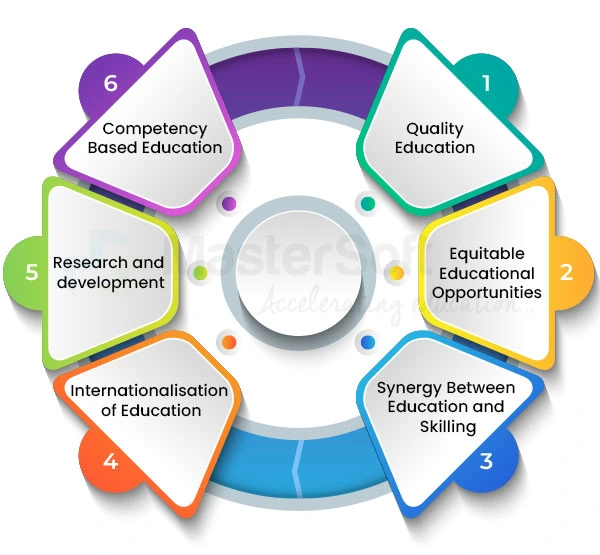
1. Quality Education
One of the primary and initial changes that institutes will implement is the revamping of the academic structure into a 5+3+3+4 system. According to the new system, the education system will include foundational, preparatory, middle, and secondary.
Therefore, in the first five years, students will obtain foundational knowledge through play-based activities and ECCE pedagogy. In the preparatory stage, students will engage in activities, helping to develop language and numeracy skills.
In the middle stage, they will get an introduction to various subjects through experiential learning. Finally, the four years of secondary education will allow students to engage in multidisciplinary education through flexibility in their choice of subjects.
Throughout different stages of school education, institutes must adhere to guidelines and strict standards to facilitate quality education. Some of the crucial measures as per NEP 2020 are as follows:
- The National Initiative for Proficiency in Reading with Understanding and Numeracy (NIPUN Bharat), launched under the policy, will necessitate essential education. As per the initiative, every child will attain foundational literacy and numeracy by the end of the third standard.
- Toy-based pedagogy is an innovative experiential learning mechanism that allows for the integration of games and toys into the curriculum. Therefore, teachers and students can work together to design innovative games and activities.
- The handbook on toy-based pedagogy will guide teachers in tracking competencies in all subject areas.
- The policy has pointed out the development of UDL (Universal Design of Learning)-based teaching and learning material. This emphasises the holistic development of all students, including those with special needs.
- Therefore, NEP 2023 has recognised and highlighted ISL (Indian Sign Language) while facilitating curriculum-based material and e-content.
ECCE - Early Childhood Care And Education - A Complete Guide
2. Equitable educational opportunities
According to a detailed report by the Unified District Information System for Education Plus (UDISE+), the total number of Scheduled Caste (SC) students enrolled increased to 4.82 crore in 2021–22 compared to 4.78 crore in 2020–21.
Similarly, the total enrolment for students from Scheduled Tribes (ST) increased to 2.51 crore in 2021–22 from 2.49 crore in 2020–21. The total number of students in the Other Backward Class (OBC) also increased to 11.48 crore in 2021–22 from 11.35 crore in 2020–21.
The Ministry of Education has also pointed out that there has been a considerable improvement in the GER (gross enrollment ratio). However, to increase the GER and ensure equitable educational opportunities, the policy has provided the following roadmap:
- Improving the pedagogy by making the learning process more inclusive; for instance, instructional methodologies in students’ mother tongue. Bilingual mode of teaching in the school education until class 8 and above.
- Enabling open and distance learning: Leveraging the private sector for large-scale, high-quality, inclusive online content creation, such as multi-sensory input and output, and delivery through digital platforms and universities, such as DIKHSA and SWAYAM.
- Establishing structured scholarship programmes allows students to pursue higher studies with adequate financial help.
- Strategies to address facets of exclusion and disparities that most people from socio-economically disadvantaged groups (SEDGs).
- The policy has already made steady progress in terms of bridging the gender and social category gaps in the context of school education. However, governments at the local, state, and block levels need to make concerted efforts to increase the GER and provide equal access to education.
3. Synergy Between Education and Skilling
Automation and artificial intelligence will replace repetitive tasks and lead to an increased demand for creativity and critical thinking in the future. On the other hand, a mismatch between education and skills is a major cause of youth unemployment. It will continue to be a major obstacle in the future.
That is why NEP 2023 has already taken the initiative to bridge the gap between industry and academia. For instance, through curriculum reform and integrating vocational education with secondary education, students learn academic knowledge and practical skills.
However, some of the other noteworthy steps are as follows:
- Establishing collaboration between educational institutes and various industries helps align education with industry requirements.
- Setting up Sector Skill Councils (SSCs) in order to bring together academia, industry stakeholders, and training facilitators to develop industry-relevant curricula. They will also assess the quality of skilling programs.
- MOOCs (Massive Open Online Courses) will help individuals access quality education and upskilling opportunities, irrespective of their geographical location.
- The government’s initiative, the National Skills Qualifications Framework (NSQF), recognises the skills that students achieve through formal and informal learning. Therefore, this will encourage students to learn to join upskilling and reskilling programs.
- Consequently, it will promote lifelong learning, urging the students to enhance their skills and knowledge to function in varied workspaces. Furthermore, this will also help them train in emerging sectors like green jobs, green hydrogen, semiconductors, etc.
4. Internationalisation of Education
Elevating Indian institutions to the same league as the best colleges and universities in the world is a crucial aim of the policy. However, the underlying reason has more to do with establishing an Indian education system that is on par with global standards.
In order to accomplish the aims of the internationalisation of education, the Ministry of Education, regulatory bodies (UGC and AICTE), and HEIs (higher education institutions) have taken the following steps:
- Strategic collaboration between Indian and foreign higher educational institutions will provide global exposure to students. Furthermore, an internationally relevant curriculum and multi-disciplinary approach will broaden students' perspectives.
- Industry-focused training with an emphasis on vocational education, internships, apprenticeships, and on-the-job training is a key aspect of NEP compliance.
- Besides, guidelines for admission and incorporating supernumerary seats for international students in undergrad and postgrad programmes will attract international students, funding, and academics.
- Furthermore, Indian higher education institutes have already made a footprint on a global stage, as indicated by the ranking of 45 HEIs and universities in QS 2024. For instance, 11 institutes have been placed in the top 500. 44 courses, in their respective subject categories, have been ranked among the global top 100 in QS Rankings 2023.
Understanding NEP Compliance: A Comprehensive Guide
5. Research and development
The policy has highlighted the importance of conducting outstanding research, as it is a critical part of excellent education and development. Also, it envisions the development of active research communities across various disciplines.
Hence, the government has been taking various measures, including infrastructure support, policy support, and funding assistance for skilling and education. Additionally, there has been an equal emphasis on setting up research parks, and technology business incubators.
The roadmap for NEP compliance for institutes in the context of research and development includes:
- Higher educational institutes must work with the Research Development Cells (RDCs) of other HEIs, especially those that have industry-sponsored projects.
- Taking the initiative to onboard other HEIs in research and development (R&D) university clusters and other educational hubs.
- Workshops to create awareness among HEIs for the scope, provisions, and process of creating MoUs with industry partners, educational institutions, etc. to support entrepreneurship and research in the student body.
- Workshops for research fellows so that they can learn the process for filing patents and submitting papers to publications in journals of national and international repute.
- Specific grants for conferences, paper presentations, and workshops to improve exposure and research outcomes. Consequently, it will facilitate cross-border and cross-institutional mobility for researchers.
6. Competency-Based Education
The focus of the revamped education sector will be on the holistic development of the student; therefore, a shift from the traditional model of teaching and learning is imperative. Instead, competency-based education (CBA) will take centre stage.
According to CBA, institutes and teachers will focus on the development and demonstration of core skills, knowledge, and abilities. Therefore, competency-based assessments will be an integral part of the examination procedure.
These assessments will allow them to determine students' proficiency levels in specific domains and their ability to perform various tasks. Consequently, this approach will allow them to identify the strengths and weaknesses of individuals.
Furthermore, the roadmap for institutes to establish a comprehensive assessment system is the following:
- PARAKH (Performance Assessment, Review, and Analysis of Knowledge for Holistic Development) will serve as a standard body that fulfils the objectives of setting norms. The body will also provide guidelines for student examinations and evaluations.
- Education experts and stakeholders will collaborate to design competency-based curricula. Also, this curriculum will define the skills and knowledge that students need to demonstrate by the end of the grade level.
- PARAKH will be responsible for organising training programmes for teachers to understand the approach and administer the assessments accordingly.
- Instructional methodologies will shift towards a student-centric and personalised approach. As a result, students will be able to progress at their own pace.
National Education Policy 2020 - Make Your Institute Ready For NEP-2020
Let’s wrap it up,
The National Educational Policy 2020 is a landmark initiative that envisions transforming the Indian educational system. The objectives under the policy are ambitious and extensive and require the collective effort of governing bodies. Also, teachers and HEIs require proper information and training to facilitate and fulfil the aims of the policy.
It has been three years since the launch and declaration of the policy, and institutions across the country have taken small steps towards its implementation. Continuous evaluation and feedback, as well as industry and expert alliances, are key to the success of the policy.
Connect With MasterSoft - Your One-Stop ICT Solutions Aligned With NEP 2020
Mobile: 08448010216
Email:info@mastersofterp.com

